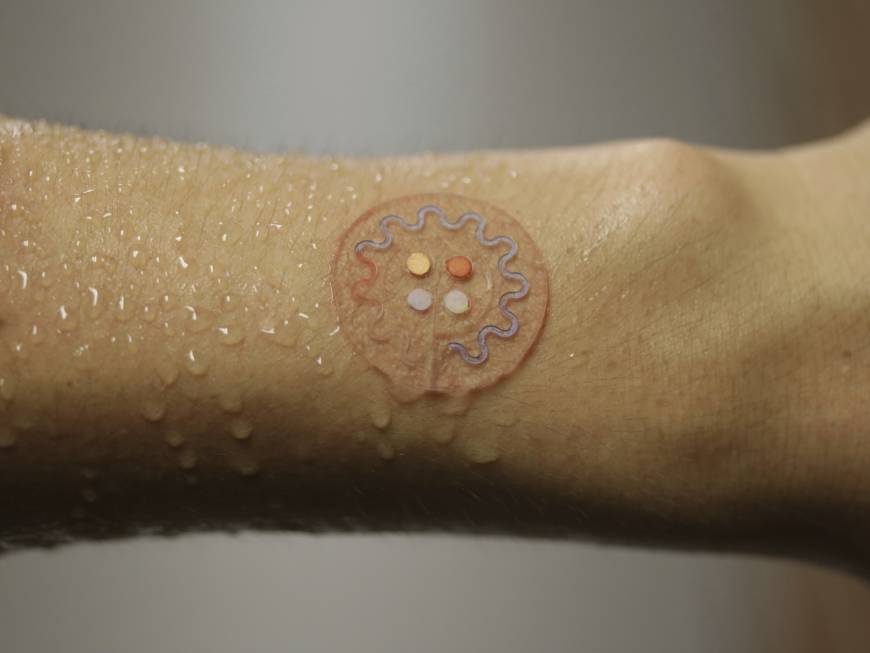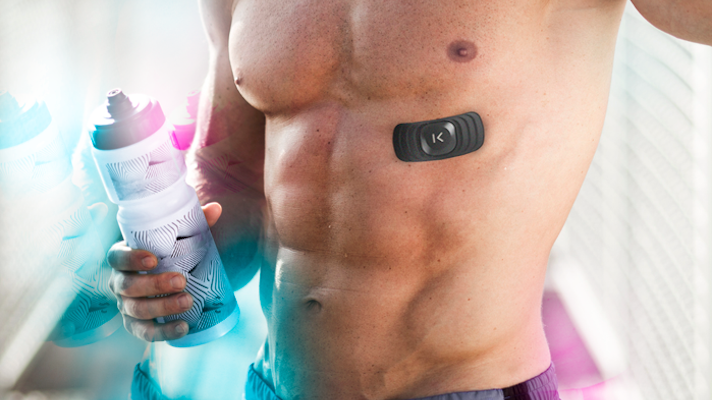The movement within the wearable market is very clear. Demand makes that wearables are becoming less expensive and increasingly commoditized. Just better sensors is now no longer enough. Wearables need to be smarter and more useful. They need to analyse multiple data at once, or so to say, be more holistic. To do so, many wearable makers all over the world are focusing on AI-powered devices.
However, there are still few areas where wearables (and its sensors) can have a differentiating impact for both the consumer and the clinical world. One surprising area, which can have this differentiating impact, is the area of sweat monitoring.
Developing under the radar, sweat sensors have matured rapidly and are attracting increased investments as these technologies move quickly from lab to commercialization.
Whispers on social media about the impact of these sensors are valid. As we see it, sweat is the future blood. Sweat gives access to a broad range of data. It can measure:
- Biomarkers like sodium
- Heath related issues like fluid loss leading to dehydration.
- Potassium levels (affecting hearth beat)
- Glucose level
And you don’t even have to prick your finger for measuring!!
“Kenzen, a developer of a next-generation wearables platform that continuously monitors, predicts and prevents avoidable health conditions using non-invasive sweat analysis has raised $5 million in funding. Kenzen’s ECHO smart wearable patch continuously uses non-invasive sweat analysis to measure vital signs and motion sensors to predict and prevent avoidable injuries and illness.
ECHO only needs the smallest micro-bead to perform an analysis of key biomarkers. Beyond water, this concentration includes electrolytes like sodium, metabolites, glucose, various molecules and proteins.” – (Jasmine Pennic, 06/05/2017)
With this data we could completely change the way we diagnose and monitor health. It could optimize performance, prevent injuries from happening (by giving an alert when sodium levels are too low for example), give early notification before we get sick and with that save billions of dollars in healthcare.
Some would say, the reason for health wearables to be here in the first place. Therefore, experts believe that sweat sensors could take health wearables to the next level. Well.. Only time will tell.
The wearables have certainly come a long way since early innovations appeared in the market 10 years ago. We can witness powerful capabilities and multifunctional features, these articles are a reflection of that.
A reduction in size, increased capabilities, enrichment in data sets and implantable techniques using sensors, are increasingly exploited.
Articles Used:
The Most Surprising Wearable Trend Q2 2017
Sweat Is The New Blood: Why Sweat Analysis Is The Next Gen Of Wearable Diagnostics.
Kenzen Raises $5M to Expand Real-Time Sweat Analysis Wearable That Measures Biometrics.






